Why does adding in the LED drop the current as well? Does an LED have resistance as well? (I thought an LED only causes a voltage drop but doesn't have resistance).
An LED does have resistance in that it resists current flow. If it didn't there would be no voltage drop across it and, since P = VI, with V = 0 it could not consume any power or produce any light. We don't treat it the same as a resistor though because the relationship between voltage across an LED and current through it is not linear. (Ohm's brilliance was showing that there is a linear relationship for a true resistor.)
Hopefully the following will help.
LEDs do not have a linear relationship between current and voltage so they cannot be modeled as simply as a resistor using Ohm’s Law, V=IR. We can, however, make a simplification and model them over a range of currents as a combination of a resistor and a voltage source.
Figure 1. An LED can be approximated as a resistor with a fixed voltage source.
If we look at a typical LED IV curve we can see that it is approximately linear over much of its useful range. This allows us to model the LED as a resistor and voltage source.
Figure 2. LED equivalent circuit model.
In Figure 1 the grey line is reasonably close to the LED curve from 20 mA to 100 mA. We can work out the resistance that this represents from Ohm’s law V=IR but in this case we will look at the change in voltage and current in the area of interes.
$$R = \frac {ΔV}{ΔI} = \frac {3.5–2.0}{100m–0} = \frac {1.5}{100m} = 15 \ Ω $$
We can also see that the line crosses the X-axis at Vf = 2.0 V. Our equivalent circuit for this region of interest is (referring to Figure 2) R1 = 15 Ω and V1 = 2.0 V.
All images and text from my article Resistance of an LED. There is a little more in the article.
